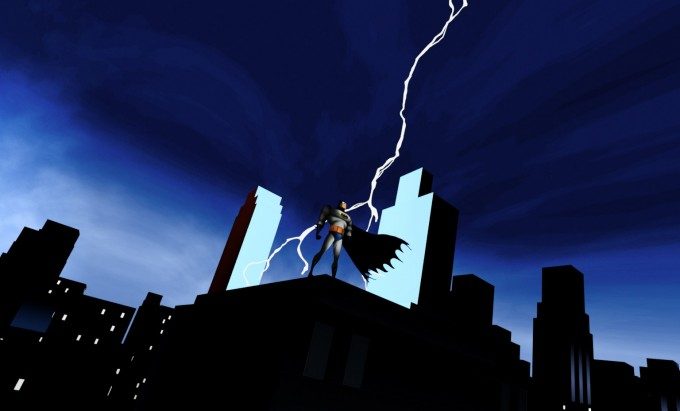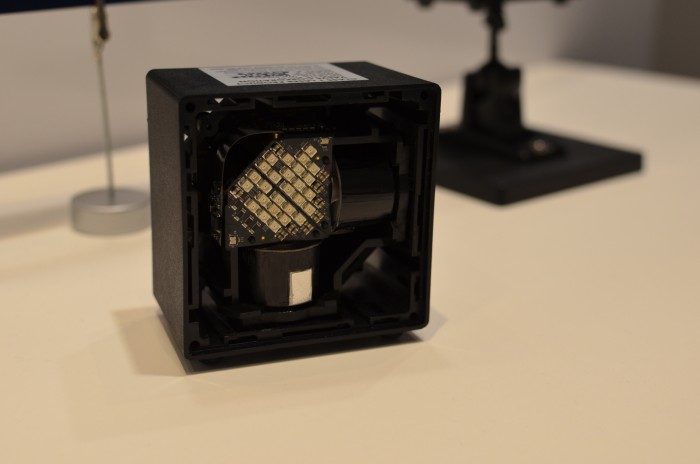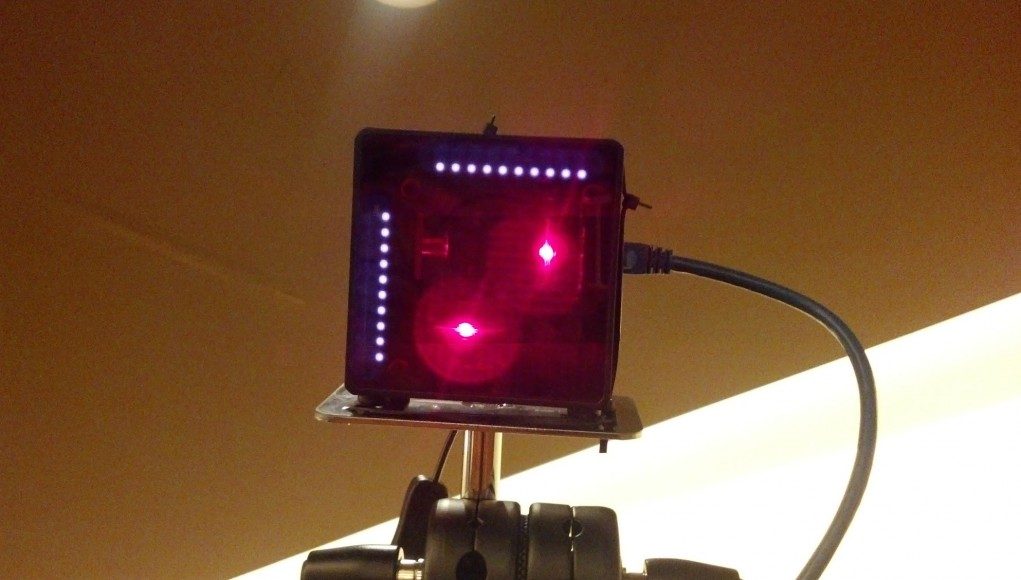OTOY, one of the leading pioneers of digital light field rendering, has tweeted an intriguing snippet claiming they’ve managed to leverage Valve’s Lighthouse tracking to add positional tracking to Samsung’s mobile phone powered Gear VR headset.

OTOY have been making big waves as a result of their pioneering work on digitally rendered light fields for use with virtual reality. Now, they’ve tweeted out a message stating they’ve added positional tracking to Samsung’s Gear VR headset in order to test six degrees of freedom using their technology.
See Also: First Look: ‘Batman’ Gear VR Experience Featuring OTOY’s Incredible 18k Cubemap Video Tech
Gear VR only sports rotational tracking, lacking positional lateral tracking found in the likes of the Oculus Rift or the HTC Vive. OTOY claim to have used Valve’s Lighthouse laser basestation technology to fix this shortfall within a test version of their own software.
Got #GearVR tracking w/Lighthouse working, looks promising! Light fields+Pos tracking (w/input) on untethered/highest res mobile VR HMD = :D
— OTOY (@OTOY) November 10, 2015
Light fields allow positional movement within static and moving rendered or live action imagery and are felt to be the missing piece of the puzzle when it comes to fully immersive captured footage for cinematic virtual reality. The company has been targeting VR to push its first wave of Octane rendering and cloud streaming technology, with their recent ‘Render the Metaverse’ competition pulling in some spectacular entries demonstrating the potential of the technology.
See Also: 10 Things You Didn’t Know About Steam VR’s Lighthouse Tracking System
Valve’s Lighthouse technology is a supposedly license-able technology that powers the positional tracking for SteamVR based hardware, specifically at present the HTC Vive and SteamVR controllers, due to arrive to market this year. The technology has been widely praised for its so called ‘room scale’, precise low latency capabilities. So it’s interesting to see companies apply this technology to hardware outside of Valve’s hardware and software ecosystem.

Quite what this means for the future of positional tracking on Gear VR is unclear, although it’s unlikely that a mobile VR solution will be overly attractive if you have to cart around basestations as well. We shall see what happens.







